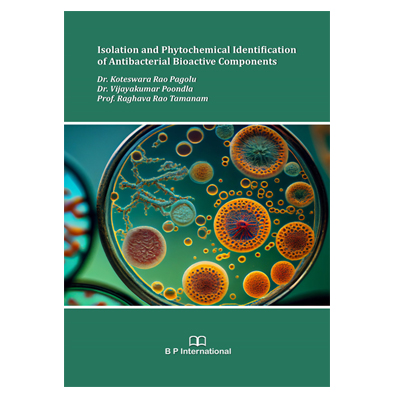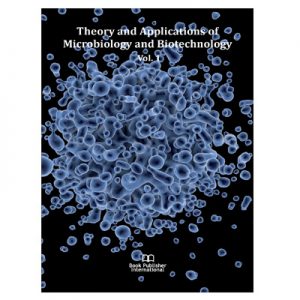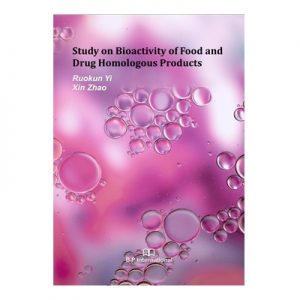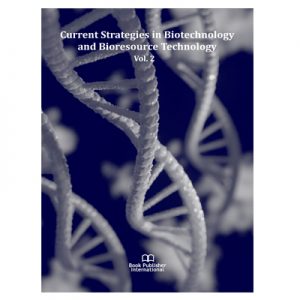Moringa oleifera Lam. is known in vernacular as Sahjna belongs to a single genus family Moringaceae which has fourteen species. It is a beautiful ornamental tree which is native of the sub-Himalayan tract of Indo-Pakistan subcontinent and is now widely cultivated in Asia, Africa and tropical parts of the world. It is a multipurpose tree as its various parts are used as fodder, herbal medicine, spices, food, natural coagulants, nector for bees, fuel and fertilizer. Present observations suggested that the methanolic extracts of the M. oleifera posse’s compounds with antibacterial properties which can be used as lead molecules for drug discovery in oral medicine. In this contest the selected plant extract and isolated compounds on plaque bacteria is more appropriate and helpful in synthesizing the plant based biobactericides to reduce the pathogen population.
Essential oils contain a complex mixture of odorous and volatile compounds from secondary plant metabolism. The volatile oil of cinnamon, clove and tea tree was active against all the microorganisms. GC-MS analysis of the oil extract showed eugenol and caryo-phyllene as the major constituents from clove oil. Cinnamaldehyde, eugenol, and caryo-phyllene are known to possess antibacterial and antifungal properties. Hence the antibacterial properties demonstrated by the clove oil extract can be attributed to the compounds identified. These results suggested that the cinnamon and clove oil possess compounds with antibacterial properties which can be used as lead molecules for drug discovery in oral medicine. In this contest the selected plant extract, isolated compounds and oil on plaque bacteria is more appropriate and helpful in synthesizing the plant based biobactericides to reduce the pathogen population. This will also offer a great help in facing the emergence spread of antimicrobial resistance.





